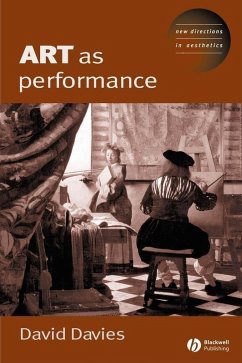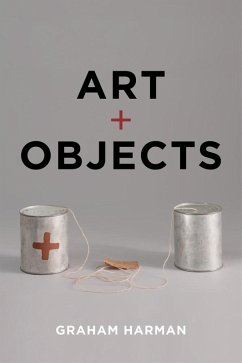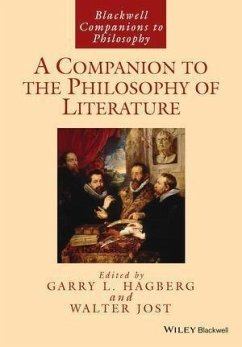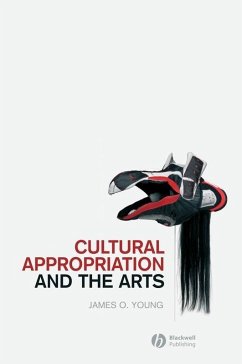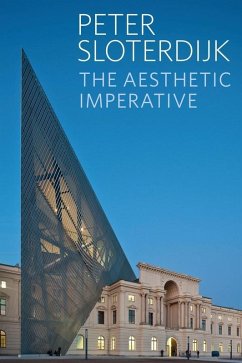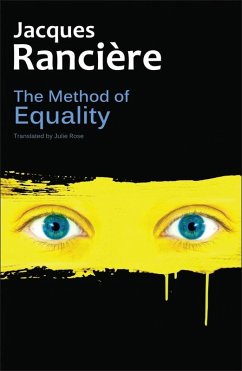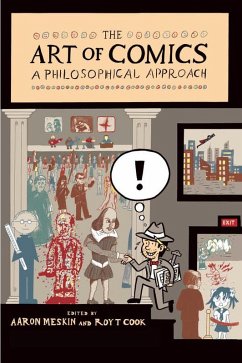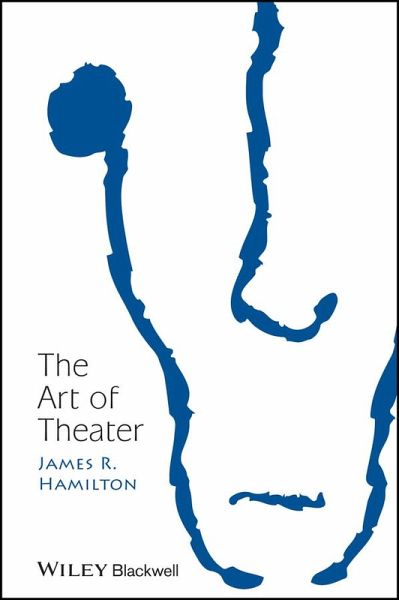
The Art of Theater (eBook, PDF)
Versandkostenfrei!
Sofort per Download lieferbar
36,99 €
inkl. MwSt.
Weitere Ausgaben:

PAYBACK Punkte
0 °P sammeln!
The Art of Theater argues for the recognition of theatrical performance as an art form independent of dramatic writing. * Identifies the elements that make a performance a work of art * Looks at the competing views of the text-performance relationships * An important and original contribution to the aesthetics and philosophy of theater
Dieser Download kann aus rechtlichen Gründen nur mit Rechnungsadresse in D ausgeliefert werden.




